It certainly wasn’t the walkers that dragged this show down!
If there’s one show that everyone knows about, it’s The Walking Dead. The show itself, based on the graphic novel series by Robert Kirkman, Tony Moore, and Charlie Adlard, started in 2010 and ran for over a decade, spanning an impressive eleven seasons and spawning a number of spin-off projects, including The Walking Dead: Daryl Dixon and The Walking Dead: The Ones Who Live, the latter of which reunites Rick (Andrew Lincoln) and Michonne (Danai Gurira).
The flagship series also had Greg Nicotero‘s vast experience in horror special effects and the heart of showrunner Frank Darabont‘s past projects like The Shawshank Redemption and The Green Mile. Despite The Walking Dead being so well known, the show is infamous for its dip in quality after Season 1, and its slow drag to an end that echoes the dead in its show.
‘The Walking Dead’ Had a Slow Death
Perhaps the biggest problem with the show was that it was dragged out for over a decade. And while other shows have done similar, The Walking Dead failed to do anything new with its narrative, constantly reusing the same structure of storytelling to keep the show going. This would essentially be wandering, finding a new place to stay, a new villain, losing this home, rinse and repeat. It understandably got really tiring after a while, no matter what was going on in the show. The length of the show also contributed to a lot of changes during the series run, mainly through its cast, and that likely contributed to series fatigue. By its final season, only two characters who were in Season 1 were still in the show: fan favorites Daryl Dixon (Norman Reedus) and Carol Peletier (Melissa McBride).
Despite the show being rather ruthless in its shock value of killing off beloved characters, an unfortunate product of that is that the characters we all loved were suddenly gone from the show, leaving us asking ourselves why we were all still watching. While Rick was a major loss, Glenn Rhee’s (Steven Yeun) brutal death was the big exit point for many fans, resulting in very low viewership for more recent seasons. But that’s not all that went wrong.
Where The Walking Dead also started to go wrong was not just in the show itself, but in the drama behind the scenes. After the success of the first season, AMC was breaking huge records in viewership to the point of bragging, according to Darabont. Despite the show being a hit, both statistically for the network and personally for Darabont, AMC instead chose not to budge on their stance and cut the budget from “3.4 [million] to 3 [million],” effectively the killing blow for the show, even if it took years for that to happen. They also reportedly pocketed the tax credit, bringing the budget cut to a huge 25%. Glen Mazzara, who took over as showrunner halfway through the second season, did verify that Darabont had been treated unfairly.
This all culminated when Darabont was fired from the show, with the reason, according to him, being a concocted lie of not having what’s referred to as “directors tone meetings,” in which Darabont would sit down with each director for the series and go over the show thoroughly, making sure the tone is consistent throughout the season. According to Darabont, he did indeed have these meetings, and this was just AMC’s reasoning for pushing him out of his position as showrunner.
What Did These Big Changes Mean for ‘The Walking Dead’
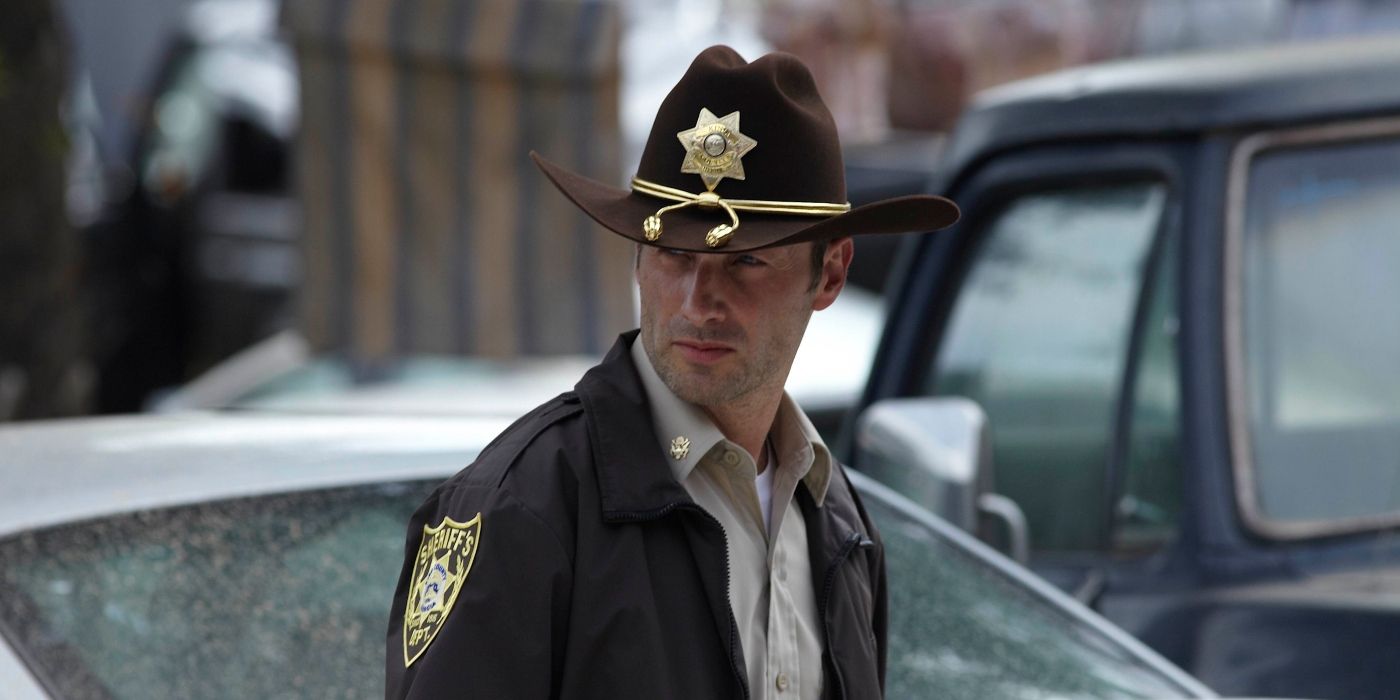
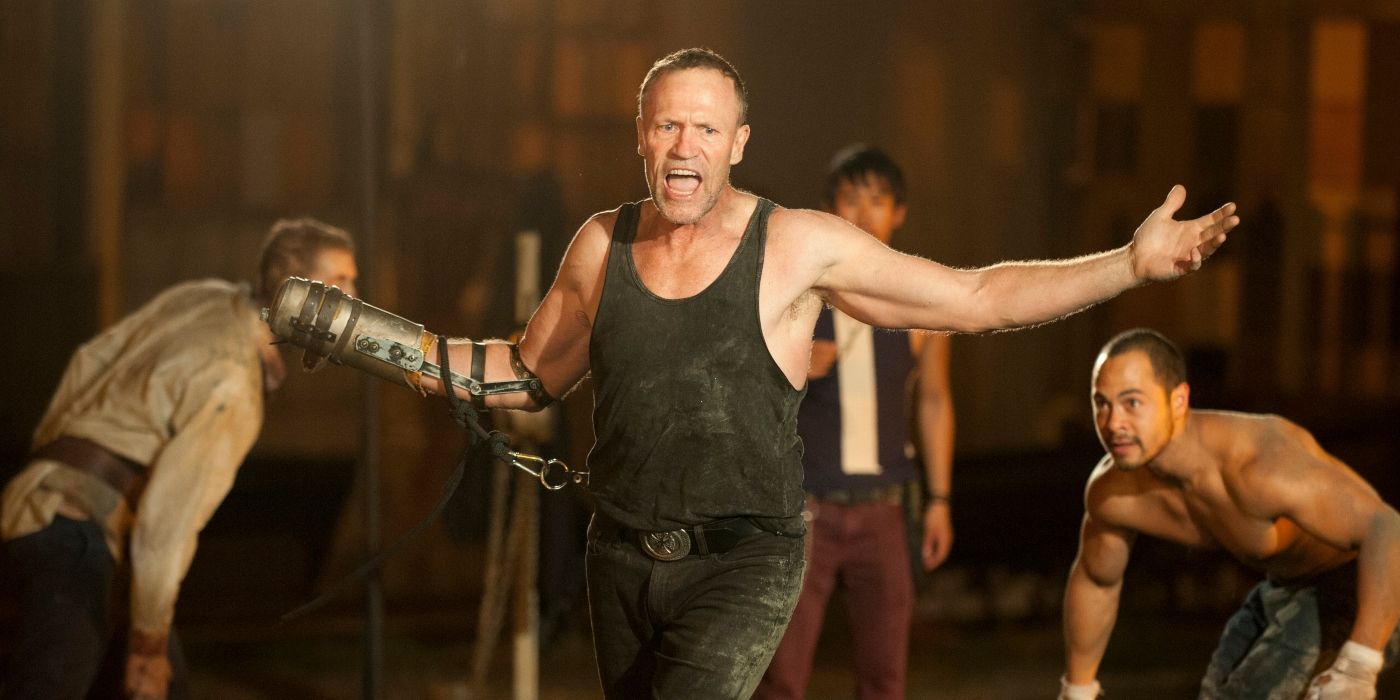
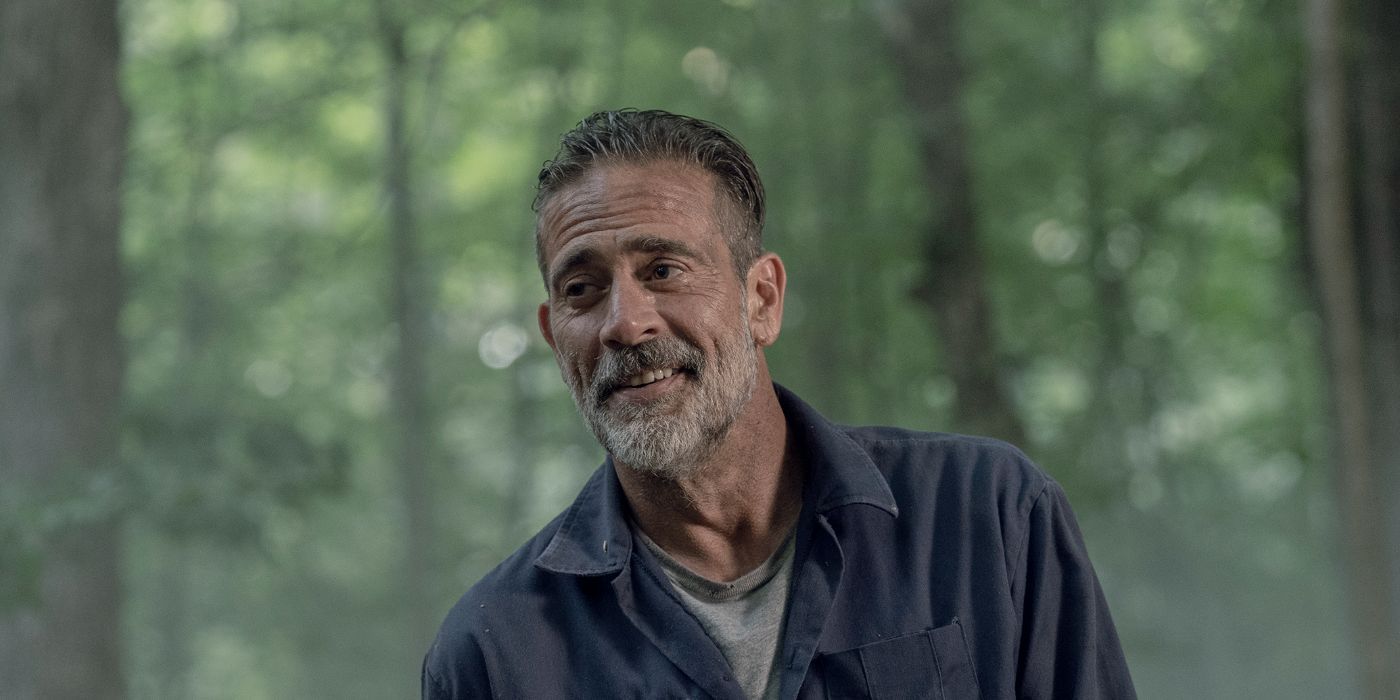
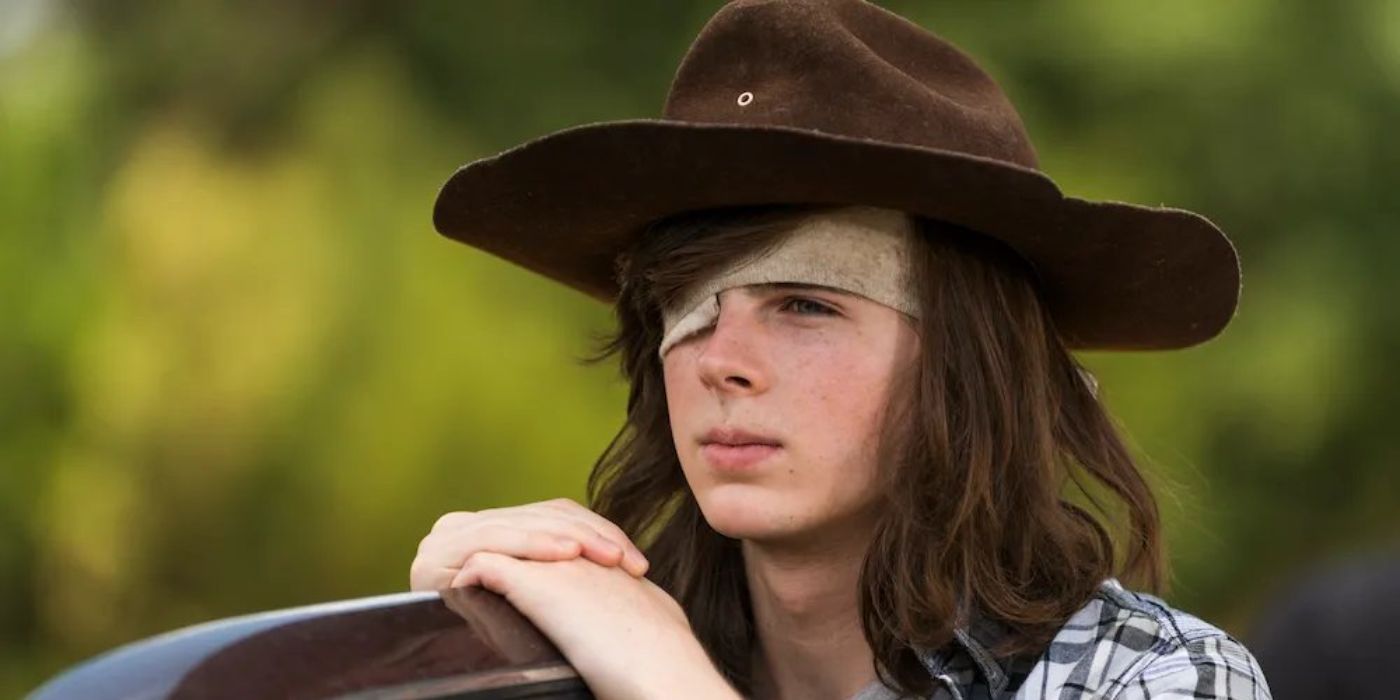
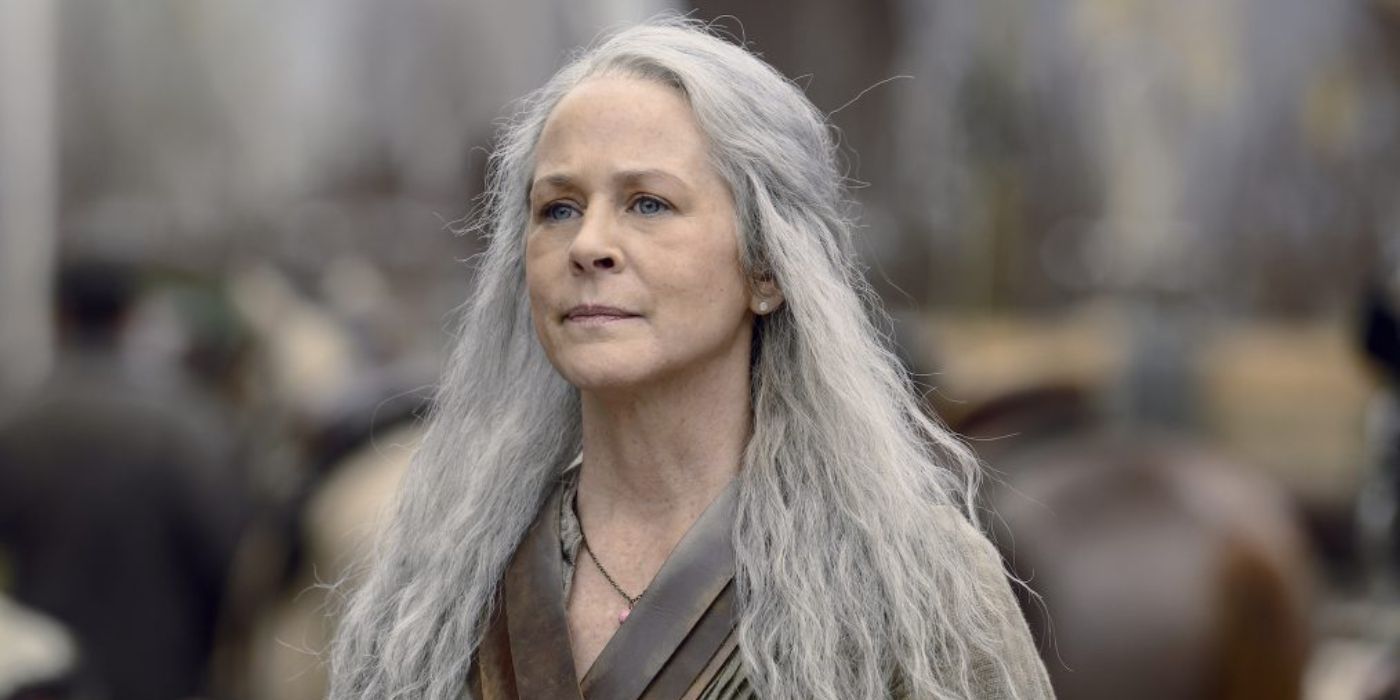
The biggest change from Season 1 through the rest of the series is a retreat from any major cities. Season 1’s poster is the iconic shot of Rick riding a horse on a desolate highway toward the apocalyptic city of Atlanta, but these larger locations are used shockingly briefly across the series after the monumental first season, and they never feel quite big enough when they are used. Most of the series’ later action took place in the woods, or whatever brief home the characters had at the time, like the farm, the prison, and suburban Alexandria. The series suffered from the repetitive imagery and landscapes once it reached a higher number of seasons. The abandoned city of Atlanta makes The Walking Dead feel like a much bigger world than the familiar woods of the rest of the show. A show that perfectly balances this ratio is HBO’s The Last of Us, which had amazing production design in its desolate cities and empty country alike, making the world feel expansive and never cramped.
The first season of The Walking Dead feels like it is its own world compared to the rest of the series. Darabont crafted a well-realized, thrilling experience when he was the showrunner, and the show never felt quite the same after he left. After a few years, it never had that same emotional connection necessary to care about a show like this. Favorite characters died, and when they were nearly all gone and replaced with new people, the show never got its footing back after that, and it dragged itself to a lackluster finale that did not feel worthy of its great first season.
The Walking Dead should have been an amazing show and proved it could have been, but according to Darabont and other reports, AMC wanted to pay less for more content, and we got what we got in the end. If the show had been shorter, if it had taken more risks and not done the same format of storytelling repeatedly, and if it had kept its bigger budget, the show could have gone down in history as one of the best horror series of all time. The Walking Dead will certainly be remembered, probably for its failings as well as its strengths.





